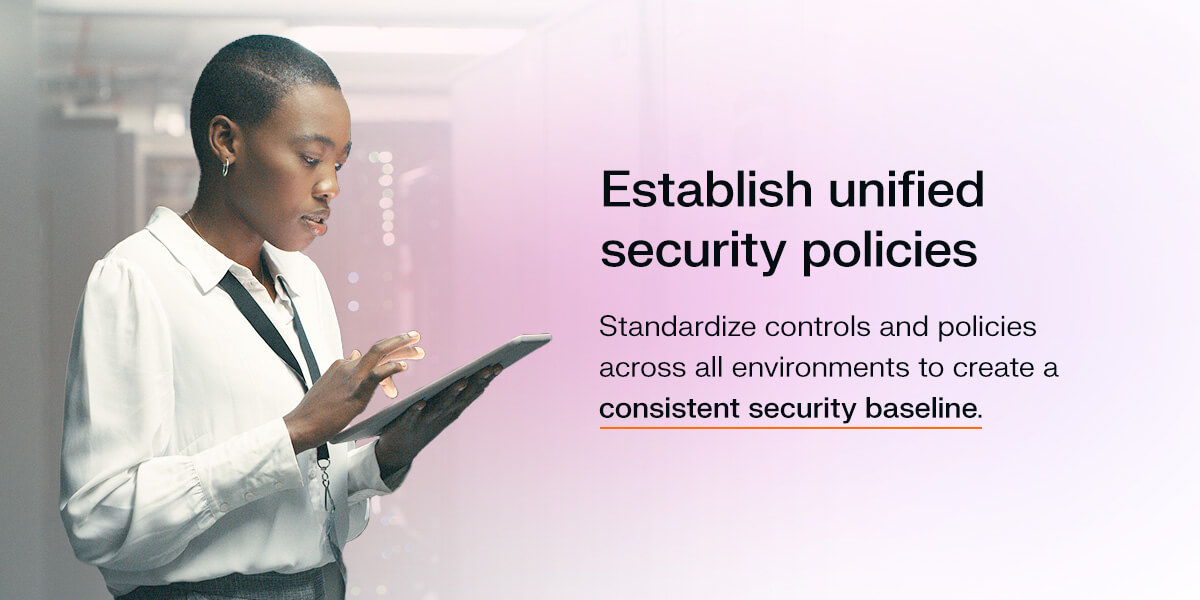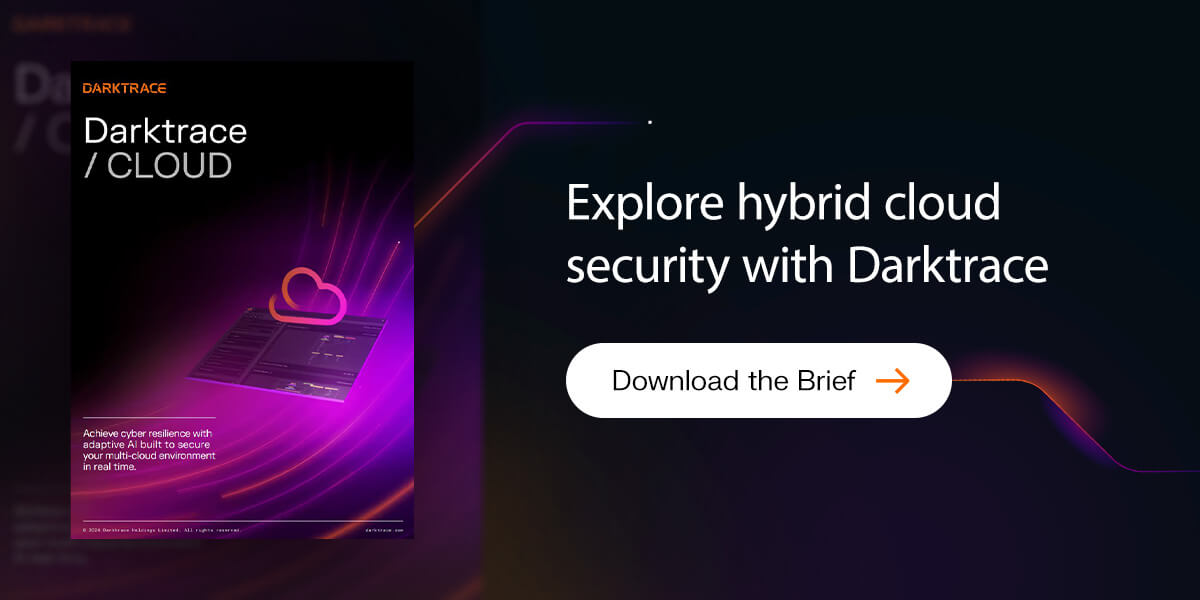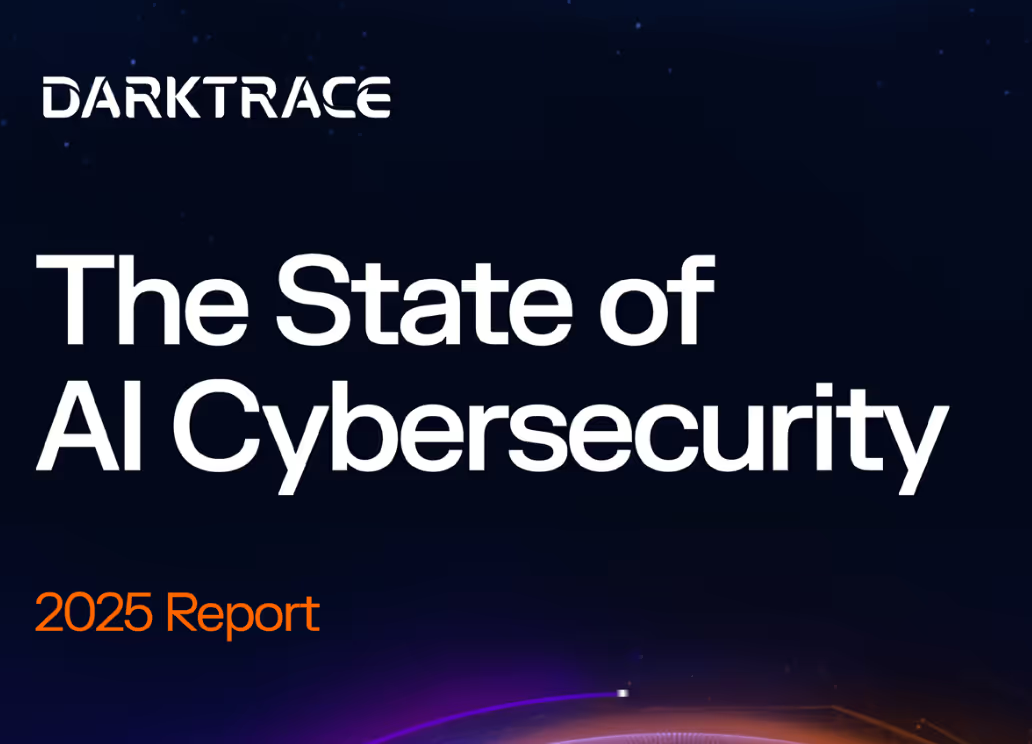What is Hybrid Cloud Security?
What is hybrid cloud security?
Organizations rely on hybrid cloud security to protect complex IT infrastructures that blend on-premises systems with public and private cloud services. As enterprises navigate their digital transformation, they face the challenge of securing data and workloads across multiple environments while maintaining operational flexibility. This distributed approach to computing has fundamentally changed how security teams must think about asset protection and threat response.
The concept of security for hybrid cloud environments extends beyond traditional perimeter defenses to creating a comprehensive strategy for the unique challenges of interconnected systems. Organizations must now protect data as it moves between on-premises data centers, private clouds, and public cloud platforms while ensuring consistent security policies and maintaining visibility.
Why hybrid cloud security matters?
According to Gartner, the adoption of hybrid cloud architectures has accelerated dramatically, with 90% of organizations expected to deploy a hybrid cloud model by 2027. The overall market is projected to reach $179.93 billion in 2030, demonstrating the strategic importance of these environments to modern enterprises.
Rapid adoption transforms how organizations approach security and introduces significant risks that demand immediate attention:
- Increasing breach rates: Security incidents are rising, with 55% of organizations suffering a breach in 2024, according to Verizon's Data Breach Investigations Report. This trend highlights the inadequacy of traditional security approaches in hybrid environments.
- Rising financial impact of breaches: The cost of breaches continues to climb, with the average breach costing $4.4 million globally. In comparison, regulated industries such as finance and healthcare often pay over $10 million per incident. These figures reinforce the importance of robust hybrid cloud security strategies.
- Complex compliance requirements: Organizations must navigate multiple regulatory frameworks, including GDPR, HIPAA, and industry-specific mandates across different jurisdictions. The distributed nature of hybrid clouds makes maintaining compliance particularly challenging.
- Expanding attack surfaces: Hybrid environments create multiple vectors for attackers to gain entry, including phishing and business email compromise. With techniques evolving, adaptive security solutions are imperative.

Challenges of hybrid cloud security
Managing security across hybrid environments presents unique obstacles that traditional security tools struggle to address effectively:
- Complexity of multi-environment management: Inconsistent security policies between on-premises and cloud environments create gaps that adversaries can easily exploit. Each environment operates with different tools, APIs, and management interfaces, making uniform security control more difficult.
- Limited visibility: Organizations struggle with fragmented views of their infrastructure, with only 23% reporting complete visibility of their cloud environments. This lack of comprehensive oversight allows threats to go undetected.
- Integration difficulties: Security teams must coordinate between multiple platforms that often don't communicate effectively. Managing identities and access becomes more complex when users and applications require privileges regardless of location.
- Pervasive misconfigurations: Human error remains the primary vulnerability, contributing to 95% of data breaches in 2024. Shadow IT and unsanctioned third-party integrations further expand the attack surface.
- Investigation challenges with ephemeral resources: While Cloud Detection and Response (CDR) is critical for cloud defense, it faces significant implementation challenges in hybrid environments. Containers and serverless functions may terminate before detection occurs, limiting forensic opportunities. Traditional investigation methods fail when evidence disappears within seconds or minutes, leaving security teams unable to trace attack origins or understand incident scope.
- Data overload: The volume of logs and events has grown exponentially, making manual threat detection impossible. Security teams face alert fatigue and sometimes make trade-offs, sacrificing visibility and relying on siloed tools.
Actionable best practices for hybrid cloud security
An exhaustive approach to security for hybrid cloud environments requires balancing preventive measures with robust detection and response capabilities across all environments.
Go beyond foundational cloud security posture management
While cloud security posture management (CSPM) provides a foundation for hybrid cloud security, it's not enough — modern threats exceed misconfiguration detection and compliance monitoring that CSPM excels at. Invest in solutions that prioritize real-time threat detection, advanced investigation capabilities, and automated response across distributed environments to better keep pace with dynamic adversaries.
Establish unified security policies
Standardize controls and policies across all environments to create a consistent security baseline. Implement unified authentication mechanisms like Security Assertion Markup Language (SAML) or Open Authorization (OAuth), encryption standards, and access control policies that work seamlessly across on-premises and cloud platforms. This foundation ensures that security does not weaken at the boundaries between different environments.

Deploy comprehensive monitoring solutions
Implement Security Information and Event Management (SIEM) solutions, cloud-native tools, and unified dashboards to monitor activity across your entire infrastructure. Aggregate logs and telemetry from all environments into centralized platforms that can correlate events across disparate systems. This unified approach enables the identification of attack patterns that span multiple environments, such as credential theft on-premises, followed by cloud resource access.
Strengthen identity and access management
Adopt strong Identity and Access Management (IAM) practices with single sign-on (SSO) and enforce least-privileged access principles across all platforms. Zero trust architectures verify every access request regardless of origin. Develop privileged access management (PAM) solutions that secure, monitor, and audit all privileged sessions across your hybrid environment. Conduct regular reviews of access permissions and establish automated deprovisioning processes to ensure privileges remain appropriate as roles change.
Protect data across environments
Key management systems operate across hybrid infrastructures while ensuring regulatory compliance. Encrypt data in transit and at rest, paying special attention to secure movement between environments. Data loss prevention (DLP) policies follow data as it moves between environments, preventing unauthorized exfiltration or exposure. Implement data classification and labeling to ensure sensitive information receives appropriate protection regardless of location.
Automate security operations
Leverage automation for compliance checks and reporting to ensure continuous adherence to regulatory requirements. Deploy tools driven by artificial intelligence (AI) and machine learning (ML) for real-time threat detection and response across hybrid environments. These technologies become essential for identifying anomalies that human analysts might miss in the vast amount of data generated. AI and ML tools create automated remediation workflows that isolate compromised resources, revoke suspicious sessions, and roll back unauthorized changes.
Manage configuration drift
Implement automated scanning tools to identify and remediate misconfigurations promptly. Establish configuration baselines and monitor for drift continuously. Security checks in Continuous Integration and Continuous Delivery (CI/CD) pipelines ensure security remains embedded throughout development and deployment processes.
Conduct routine security assessments
Perform comprehensive vulnerability assessments and penetration testing tailored to hybrid cloud architectures. Test across all environments, focusing on individual systems and the connections and dependencies between environments. Use the findings to continuously improve the security posture and address weaknesses before adversaries can exploit them.
Explore hybrid cloud security with Darktrace

Securing hybrid cloud environments demands sophisticated approaches that address the unique challenges of distributed infrastructures. Organizations must move beyond traditional security models to embrace solutions providing comprehensive visibility, intelligent threat detection, and automated response capabilities. The complexity of modern hybrid clouds requires security solutions that adapt to fleeting resources and dynamic configurations in real time.
Download the solution brief to learn how AI-powered Darktrace / CLOUD redefines hybrid cloud security, or explore the Darktrace blog for timely, practical information on the concept.
























